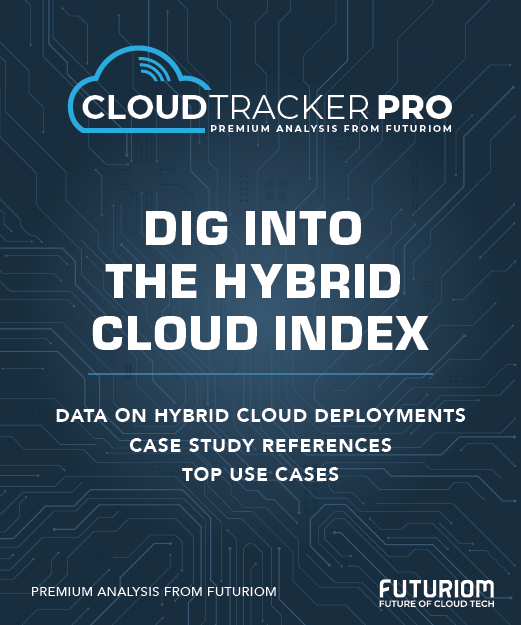Palo Alto Shares Fall on Expense Concerns
Palo Alto Networks' push into its platform approach has been driving growth, but that comes with a cost: Operating expenses grew roughly 12% year-over-year, causing the stock to fall roughly 6% after reporting earnings last night.
Palo Alto reported fiscal Q3 revenue of $2.29 billion, representing 15% year-over-year (y/y) growth and coming in at the high range of previous guidance. Product revenue grew 16%, total services revenue grew 15%, and subscriptions grew 18%. The company reported earnings per share (EPS) of 80 cents, adjusted vs. 77 cents expected. Net income fell to $262.1 million, or 37 cents per share, from $278.8 million, or 39 cents per share, a year ago.
The company also reported solid growth in annual recurring revenue (ARR). Software firewall ARR grew approximately 20% y/y, with public cloud deployments continuing to be the primary driver.
"AI is accelerating cloud adoption, and we believe this trend will expand the long-term need for software firewalls that scaled modern workloads," said Palo Alto CEO Nikesh Arora on the corporate conference call. "We believe we've reached an inflection point in our next-generation security story, as a growing majority of our incremental growth this year is derived from our AI-powered XSIAM, SASE, and software firewalls," he said.
Higher Costs Hit Margins
Indeed, Palo Alto continues to push all the right buttons in the product department, with its Cortex XSIAM product becoming its fastest-growing product ever. The growth was not enough to reward investors, however, as shares fell nearly 6% ($10.85) to $183. The stock remains about 12% below its 52-week high of $208.
For investors, the fly in the ointment was probably higher expenses, bringing down profit margins. Product gross margin was 78.4% in the quarter, but total gross margin was 76%, short of analysts' estimates of 77.2%. The higher expenses are a result of higher sales and marketing costs driven by the company's "platformization" strategy, which means discounting products as it bundles more of its products together.
Palo Alto has spent north of $3 billion in acquisitions over the past five years, accumulating point products that it can tie into a broader platform. In early 2024 it announced a sales push into platform, which meant more bundling and discounting for adopting multiple products.
Cortex Is Hot
Despite the margin miss, Palo Alto executives were upbeat about the quarter, attributing the strong growth to its transition to annual subscription and services growth as well as adoption of its blockbuster Cortex XSIAM product.
Cortex XSIAM, recently released as version 3.0, is indeed hot. The product recently attained $1 billion in the previous quarter, becoming Palo Alto’s fastest product to reach that number. The company points to a total addressable market approaching $40 billion in categories spanning vulnerability management, email security, and security operations.
Arora spent much of the call touting the success of Cortex along with several big customer wins. This includes a "leading global consulting firm" signing a transaction worth over $90 million in the quarter. "This customer platformized on Cortex for XSIAM, replacing a legacy incumbent SIEM provider," said Arora.
"XSIAM is not only our fastest-growing product ever, it is now more impactful to our overall growth rate," said Arora. "I believe that from a strategic perspective, XSIAM has the potential of being the game changer for both the industry and Palo Alto Networks."
The company also pointed to strong progress in converting to an annual recurring revenue (ARR) model. Arora said the company recently crossed an important milestone of $5 billion in next-generation security ARR, up 34% year-over-year.
Futuriom Take: Palo Alto Networks is wise to pursue a platform strategy as well as further integration of its portfolio of cybersecurity products, but in the near term that may result in pressure on margins as the sales approach is rationalized and results in discounts.


